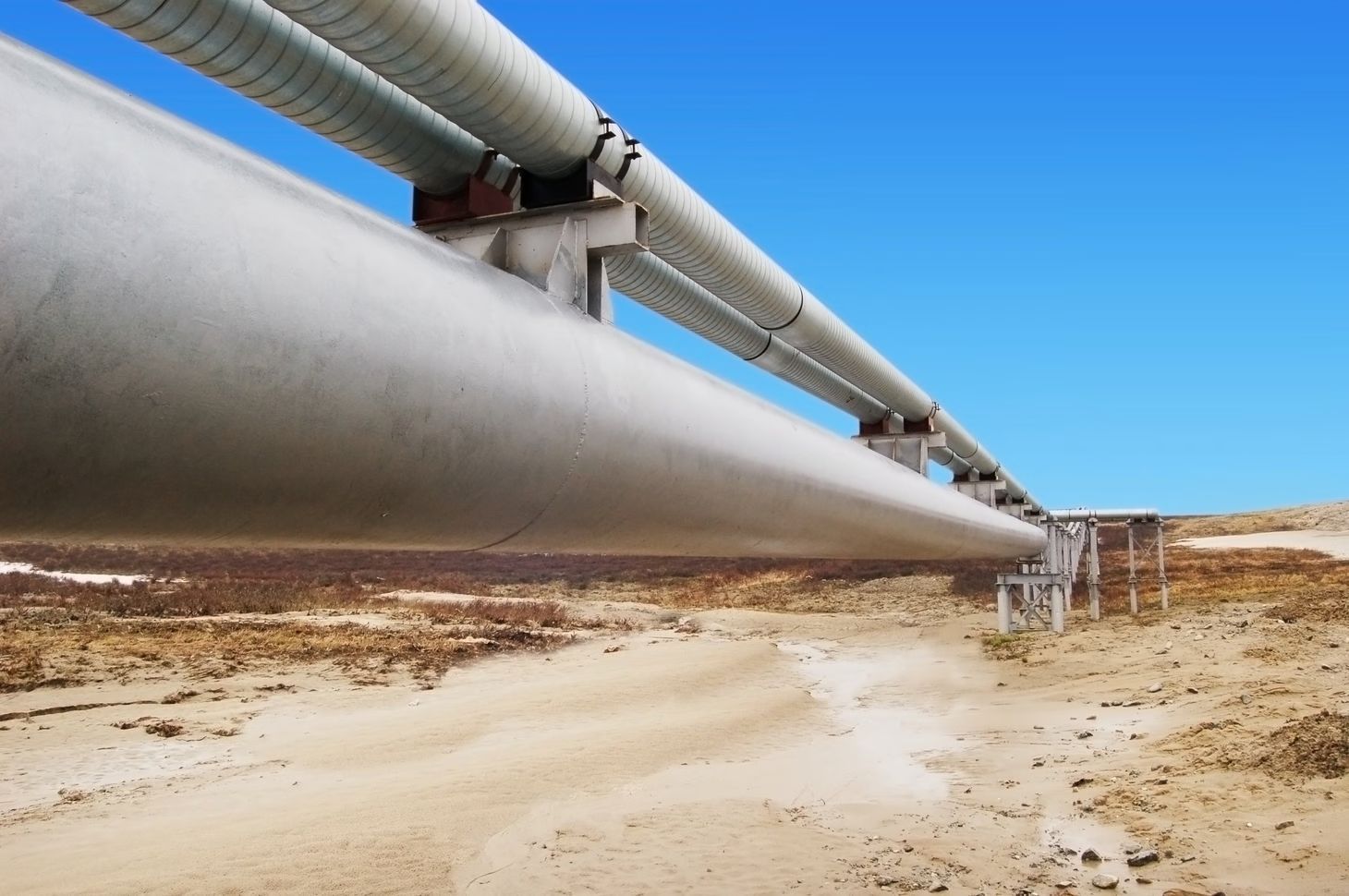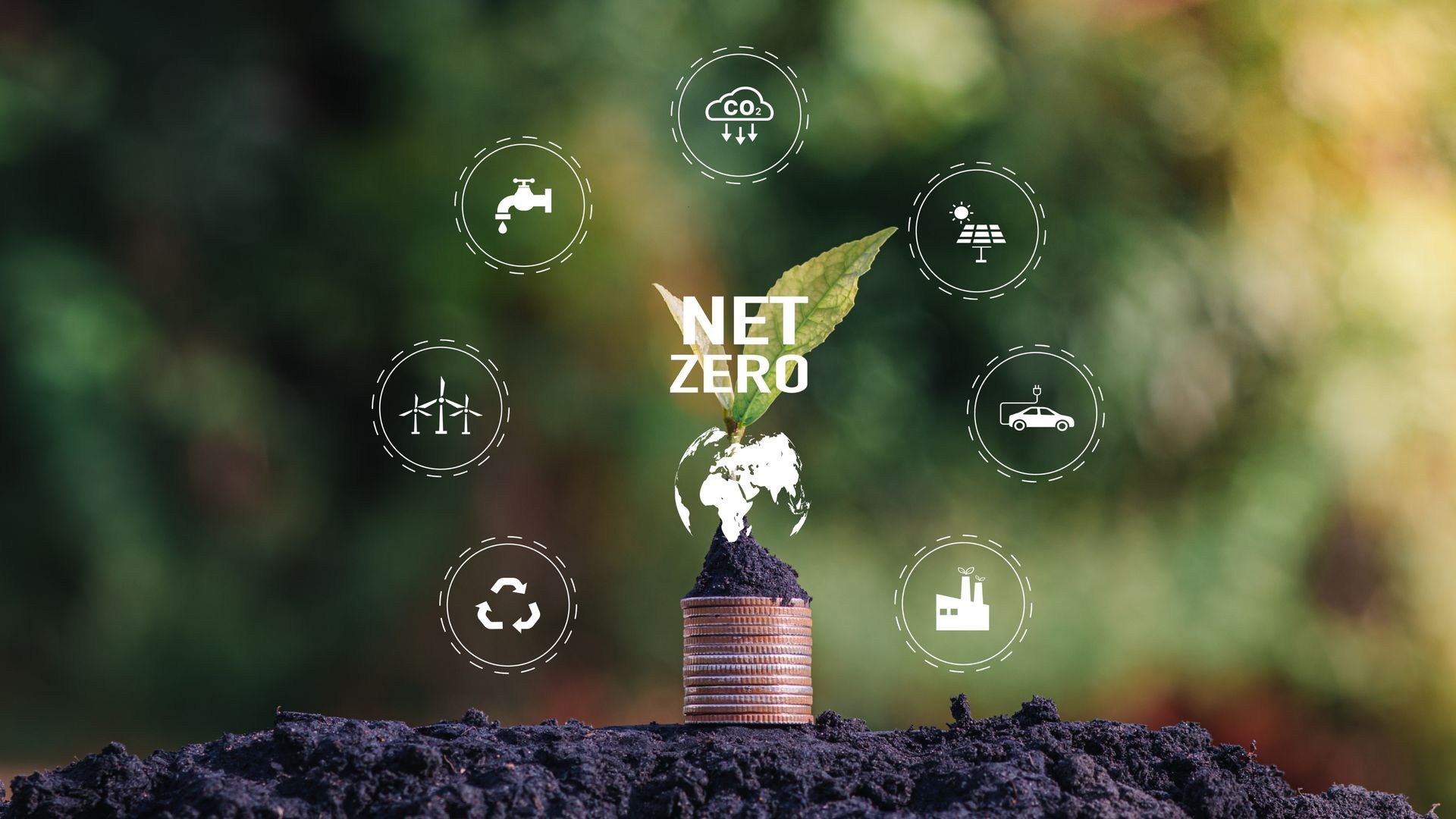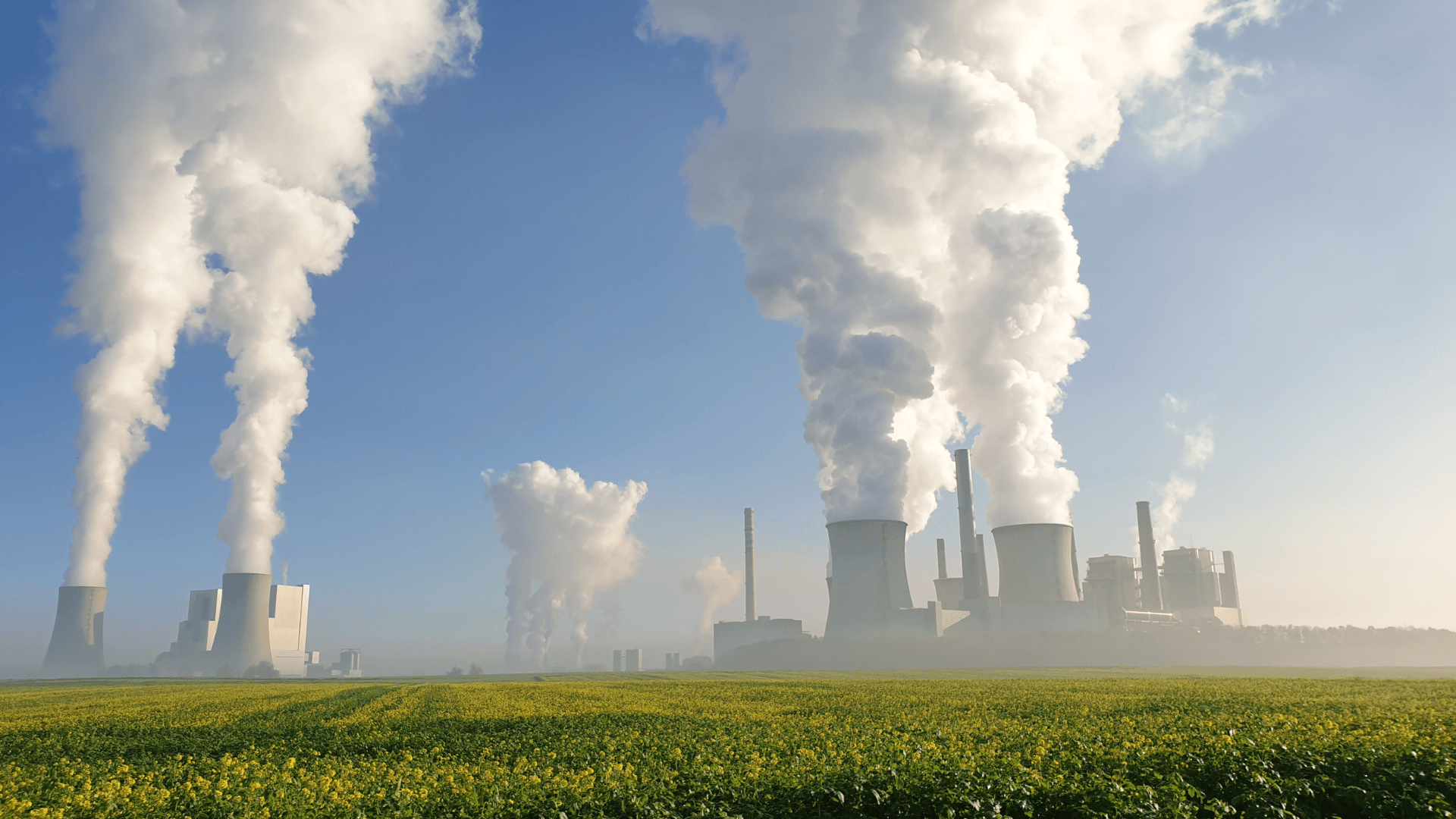VVC remains committed to facilitating the global energy transition through a strategic investment in Proton Green, not only one of the largest potential helium producers in North America, but one of the largest potential carbon sequestration hubs in the world.
Why Carbon Capture
Check out some of the carbon capture insights below:
Get VVC News Alerts straight to your inbox
Contact Us
Energy Transition/Carbon Capture News & Updates

The Iowa Utilities Board (IUB) has approved Summit Carbon Solutions base pipeline project that will span around 688 miles and capture and store 12 million tonnes of carbon dioxide (CO2) annually.
Summit Carbon Solutions’ project has seen extensive scrutiny in the US state previously. The IUB carried out an extensive review process over the last 34 months, which was made up of 33 public informational meetings, a public hearing, and a review of around 50,000 pages, among other processes.

WASHINGTON, D.C. – The U.S. Department of Energy’s (DOE) Office of Fossil Energy and Carbon Management (FECM) today announced up to $52.5 million, made available through President Biden’s Investing in America agenda, to advance carbon dioxide removal technologies that reduce legacy carbon dioxide (CO2) pollution by removing it directly from the atmosphere to counter-balance emissions from hard-to-abate sectors, such as aviation and shipping.

Global primary energy consumption reached a new record of 620 exajoules (EJ) for the second consecutive year in 2023, up from 607 exajoules in 2022.
This graphic shows the sources of energy used globally in 2023, measured in exajoules. Data is from the 2024 Statistical Review of World Energy by the Energy Institute, released in June 2024.





